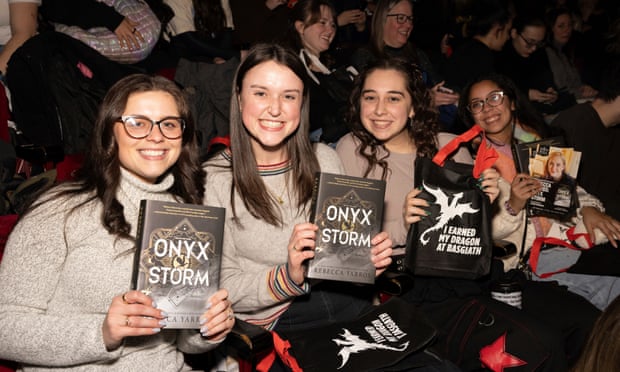What the theory says
Two-step flow argues that mass media rarely persuades people directly. Messages first pass through opinion leaders—people who are more active with media and more trusted inside a community. These leaders translate (frame, simplify, endorse, or resist) before ideas travel onward through everyday conversations. The classic account comes from Lazarsfeld and colleagues’ election studies and Katz’s later synthesis: we make sense of media socially, not in isolation.
A contemporary case: BookTok as a living two-step network

You can find “As seen on TikTok” displays in a lot of bookshops. That shelf shows the second step. Here’s how it works: publishers and stores put books into the stream, and then a small group of BookTok creators—niche reviewers with consistent taste—turn a cover and a blurb into an emotional promise: who it’s for, what you’ll feel, and which trope it scratches. Their short videos get people talking on group chats, in reading vlogs, and at bookshop tables. The story frame moves faster than any ad. UK news reports link this creator-led wave to a big jump in SFF and “romantasy” sales from 2024 to 2025, with Rebecca Yarros and others at the top of the charts. This shows that curation and conversation can move whole categories, not just single titles.
Why it works—and where it bends the field
Translation is better than transmission. Ads and blurbs are weak signals. Opinion leaders give context (why this is important), credibility (why you should trust me), and community (where to talk about it). The middle layer gets stronger with algorithms. Platforms are great at finding curators, which makes the “leader” role even stronger instead of replacing it. Frictionless action closes the loop: you can go from a 30-second clip to “save,” “share,” “preorder,” or “library hold” in just two taps. But too much power can change how things are discovered. A few voices set the tone, leaving out quieter authors and genres. Micro-leaders sometimes spread incomplete information, like simplified views of how publishing works. For researchers and marketers, the metric isn’t just sales at the top; it’s also conversations that happen after the sale, like duets, annotations, and staff-pick tables. These things show where the second step is really happening. So, think of diffusion as a problem with networks, not billboards.
Reference list
References
- Encyclopædia Britannica. “Two-step flow model of communication.” (overview and origins).
- Encyclopædia Britannica. “The People’s Choice” / “Personal Influence.” (foundational studies).
- The Guardian. “Romantasy and BookTok driving a huge rise in science fiction and fantasy sales.” (UK market context, Feb 3, 2025).
- The Guardian (Editorial). “Dragons storm the bookshops.” (commentary on sales surges and records, Feb 7, 2025).
- The Sunday Times via Nielsen BookScan. “Bestsellers of 2025 so far.” (romantasy dominance, Aug 2025).
- PBS NewsHour. “How #BookTok is giving authors and booksellers a much-needed boost.” (video explainer, Mar 19, 2023).
- Wikimedia Commons. “BookTokBooks.jpg.” (image, CC BY-SA 4.0; attribution as above).


You show a clear understanding of the Two Step Flow theory, mentioning the origin and a brief description of it, and I like the example of BookTok that you linked it to. The structure makes the blog post easy to read and follow, alongside the inclusion of images. You could expand your blog post by explaining the second step a bit further, perhaps by providing some counter arguments or mentioning topics such as digital algorithms and parasocial relationships. A conclusion/ summary could tie your blog post together.